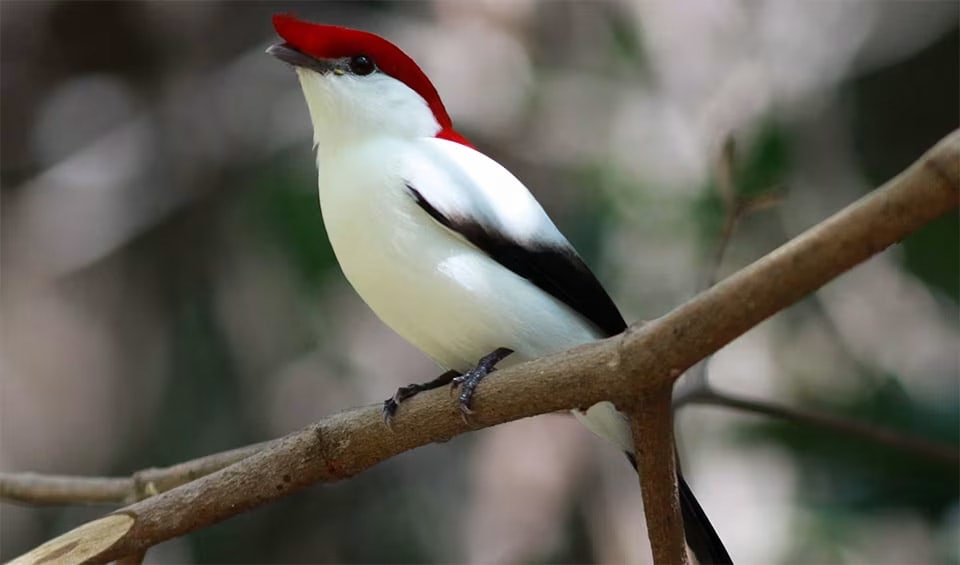Chiroxiphia
Tiny dancers flitting through the rainforests of Central and South America
Commonly known as manakins, it is a fascinating group of birds that encapsulate the vibrant and energetic essence of tropical forests in Central and South America. This genus includes several species, each characterized by striking colors and complex, coordinated courtship dances that are a marvel of the avian world.
Chiroxiphia manakins are small, typically about the size of a sparrow, but what they lack in size is that they are more than make up for visual and behavioral flamboyance. Males are especially colorful, adorned with bright blue and green plumage, and they often sport dramatic black and red markings that make them stand out in their lush forest environments. Females, in contrast, tend to have more subdued colors, which helps them blend into the background while nesting and raising young.
One of the most extraordinary aspects of Chiroxiphia manakins is their courtship behavior, which is not only a visual treat but also a demonstration of their unique social structure. Male birds engage in elaborate dances to attract females. These dances are not solo performances but highly choreographed routines involving cooperation between two or more males, a rare trait in the bird world. One male typically takes the lead while others assist in the performance, enhancing the overall visual impact and increasing the chances of attracting a mate for the lead dancer. This cooperative behavior is known as lekking, where males congregate to show off their best moves in what can be described as a competitive dance-off.
The dance of the Chiroxiphia is a complex sequence of jumps, flips, and rapid movements, often performed on specific branches that serve as stages. These performances are accompanied by a variety of sounds, including clicks, whistles, and buzzes, produced both vocally and by wing movements.
Species in this genus
Araripe manakin
The dazzling red crown the males wear takes years to develop!


